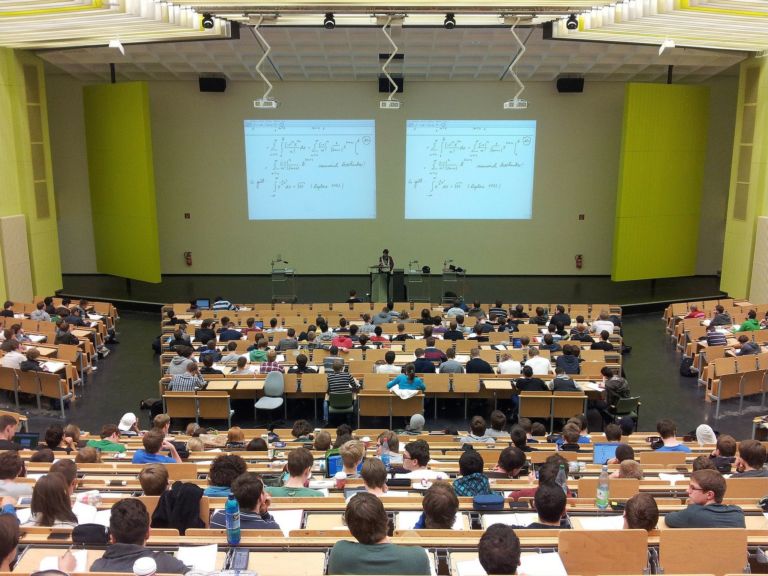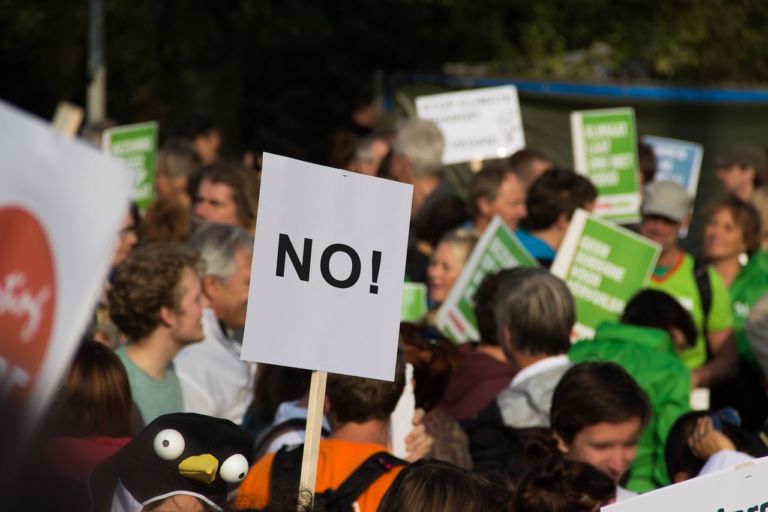Zach Kessel writes for National Review Online about one Ivy League school’s response to the Hamas attack on Israel.
Students For Justice in Palestine (SJP) at Princeton University held a pro-Hamas “teach-in” at the same time as a pre-planned vigil in memory of the Israeli civilians murdered by Hamas earlier this month.
In the wake of the Hamas attack on Israel — which killed over 1,400 Israelis and wounded about 3,500 others — Princeton’s chapter of Students for Justice in Palestine (SJP) issued a statement holding the “Israeli apartheid state ultimately responsible” for terrorism. The attack, the organization’s members say, was “an unprecedented uprising,” in service of the ultimate goal: the end of Israel’s existence.
“We call for the full dismantling of the Zionist apartheid state,” the letter reads.
Soon after, on October 12, Princeton SJP members organized a “teach-in for learning, reckoning, reflection, and action-building in solidarity with Palestine” — at the same time as a vigil honoring Israelis killed by Hamas planned by Princeton’s Chabad. The Chabad-led event was first advertised on October 10, while promotion for SJP’s “teach-in” first appeared with a scheduled time via email on October 11.
The next day, Princeton’s SJP held a “vigil for all those grieving loss of life in Occupied Palestine, Gaza, and the West Bank.” Occupied Palestine, in those terms, refers to all of Israel and signifies the belief that the Jewish state has no right to exist.
A recording of speeches given at the SJP event obtained by National Review includes calls for a free Palestine “from the river to the sea” — an eliminationist slogan calling for the end of Israel — celebrations of the “strong, vocal Palestinian resistance” demonstrated in the terrorist attacks, and comparisons between Nazis and Israelis, accusing the latter of committing “genocide” against Palestinians.
The Anti-Defamation League has accused Students for Justice in Palestine of endorsing terrorism and disseminating “anti-Israel propaganda often laced with inflammatory and at times combative rhetoric.”


